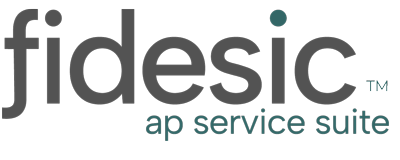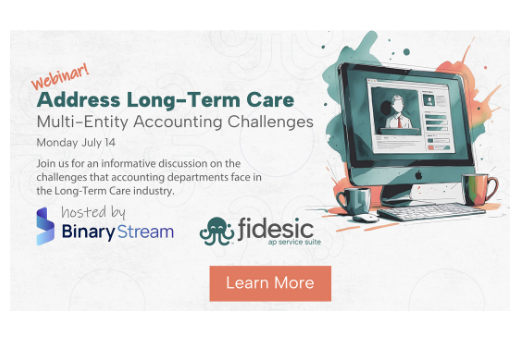Non-Profits: What to Expect in an Accounts Payable Audit
Getting ready for a financial audit in the not-for-profit sector is very similar to preparing for an audit in the for-profit sector, and accounts payable audits are a key part of audits. Accounts payable audits can be stressful and strenuous, lasting anywhere from a week to a month.
In order to ease the strain and protect your organization and key stakeholders, non-profit accounting departments can streamline audits by keeping the following 6 accounts payable audit items in mind during their day-to-day processes. You may also be interested in: 10 Signs Your AP Process Is Too Stressful
6 Things AP Auditors Will Look for In Non-Profit Accounting

Audit preparedness is an ongoing practice and keeping these key points in mind will make it easier for your organization to get through audits quickly so you have more time to focus on your core mission.
1. Generally Accepted Accounting Principles (GAAP)
Non-profit accounting leaders like CFOs and Controllers should be prepared for accounts payable auditors to check if the organization is complying with GAAP.
GAAP is a set of guidelines created by the Financial Accounting Standards Board. While publicly traded companies in the United States are required to follow GAAP guidelines in their financial reporting, many private companies use them as a matter of keeping best practices. Non-profits may also be beholden to these guidelines, but even when they aren't, auditors will still use GAAP as a benchmark to determine if the organization is following ethical and practical accounting standards.
2. Fraud and Errors
About 75% of businesses were the targets of payments fraud in 2020, according to survey results from the Association for Financial Professionals and JP Morgan. Because payments fraud remains a major challenge facing organizations, auditors will almost certainly be looking for fraudulent activities like credit card or wire fraud.
About 75% of businesses were the targets of payments fraud in 2020
Whether it is a regulatory audit or an internal audit that will be reported to your board, checking for errors like duplicate payments, incorrect or invalid invoices being paid or simple data-entry errors are very likely going to be part of any AP audit.
3. Unrecorded Liabilities
Accounts payable auditors will also be keeping an eye out for unrecorded liabilities. Auditors will want to verify that all payments issued for a period match invoices from that period. Auditors look at a sampling of post-year-end payments and verify they were not issued in payment of liabilities that were created pre-year-end. If they discover one of these discrepancies they will check for a payable entry at year-end, and an adjustment may have to be posted.
4. Approvals & Payments
Financial auditors will be looking through approvals and payments records to ensure they are being properly created and entered. All your invoices will likely be checked to verify they are attributed to the correct expense line or lines in the general ledger. Invoices will also be checked against POs to verify that orders are properly fulfilled and invoiced.
This can be a challenge for organizations with manual accounts payable processes. Having the ability to give auditors view-rights to approvals and original invoices is essential to streamlining the audit. You want it to be easy for auditors to quickly run the reports they need to accelerate the audit process.
They will also likely want to check for any issues with vendors actually receiving payment. Using a direct ACH transmission utility within an accounting software suite as part of regular payment processing will greatly reduce the risk of being flagged on these issues during an audit.
5. Tax Verification
This is somewhat unique to non-profit audits as non-profit organizations are often allowed certain tax exemptions. Auditors will want to verify that any sales tax paid for goods or service were in fact subject to sales tax. Auditors may also want to verify that no tax liabilities have been missed.
6. Unusual Expenses
Auditors may look for unusual expenses. If the auditor finds a payable item to be unusual they will want to see a note disclosing the reason for the expense.
Conclusion
Accounts Payable audits can be a stressful and time-consuming process for non-profits. An organization can put themselves in a better position to have smooth audits if they are equipped with agile, accurate and fast reporting abilities. Manual accounts payable processes, or struggling with out-of-the-box functionality of a general accounting solution can make reporting that much more challenging.
With the right AP software solution, non-profit financial leaders can improve visibility and gain more control over invoices, approvals and payments. When it comes time for an audit, the right AP software allows administrators to grant portal access to auditors to streamline their efforts and reduce strain on the organization so you can get through your audits quickly and get back to serving your mission.






